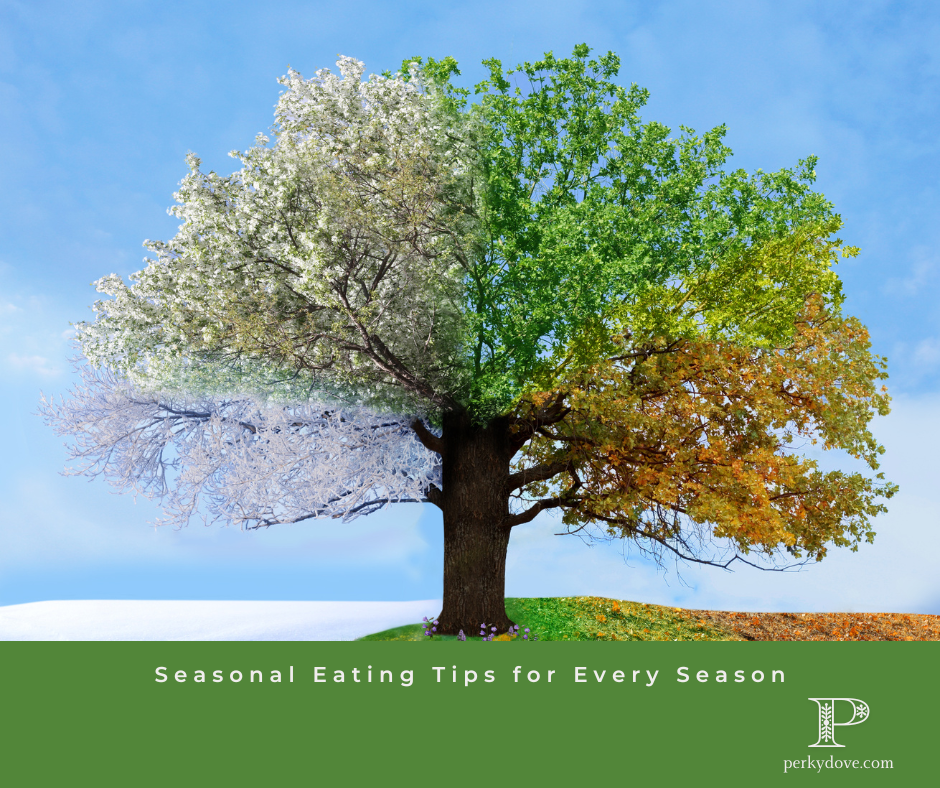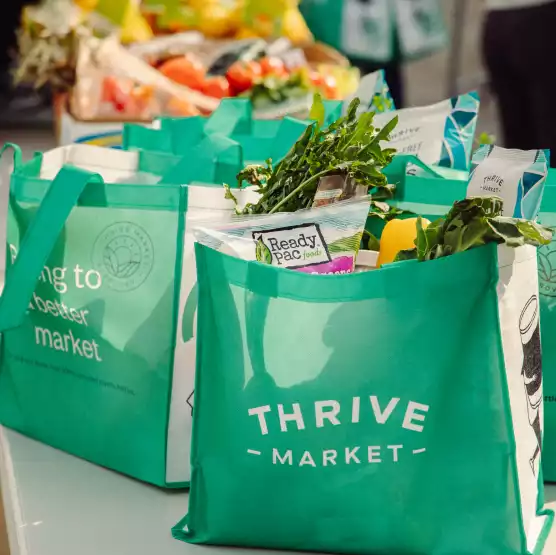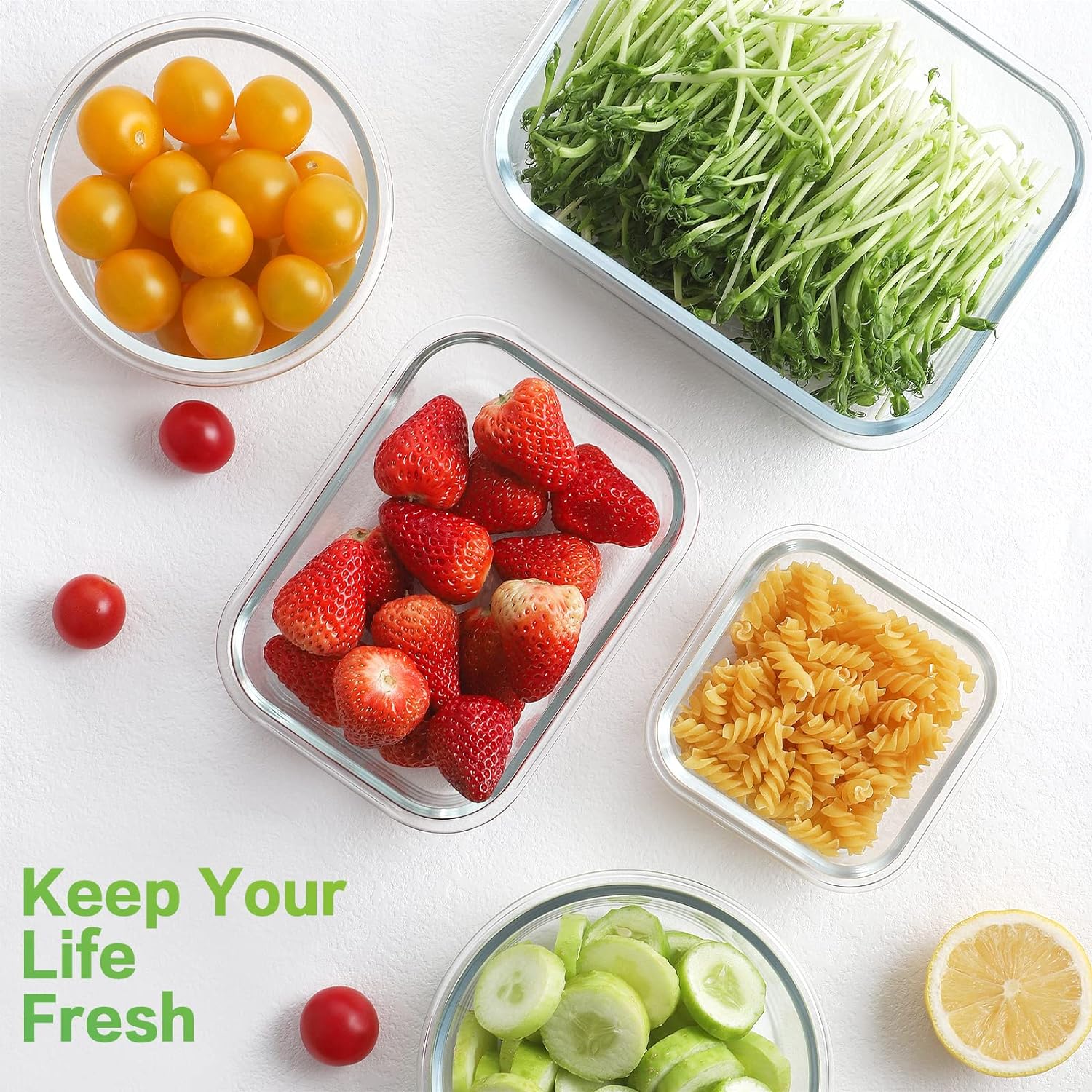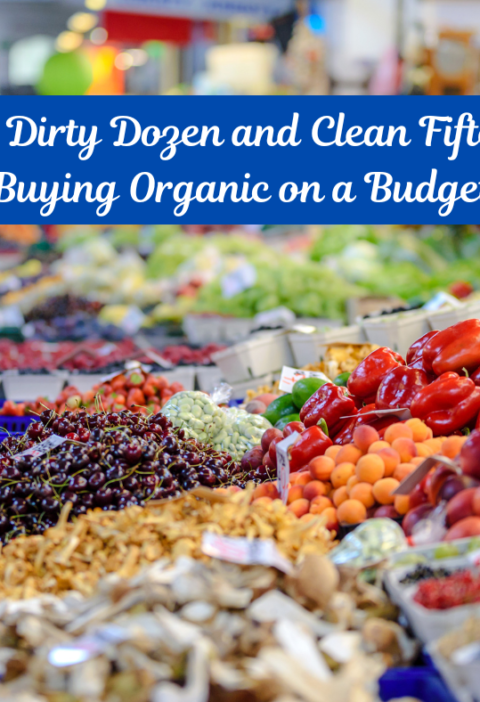We use affiliate links. If you purchase something using one of these links, we may receive compensation or commission.
Seasonal Eating: Clean, Safe, and Delicious
When it comes to clean eating, there’s something undeniably special about eating with the seasons. Imagine biting into a juicy, sun-ripened tomato in summer or savoring a hearty, roasted butternut squash in the fall. Seasonal eating not only enhances the taste of your meals but also supports clean, sustainable, and safe food practices. But what exactly is seasonal eating, and why should it matter to you?
What Is Seasonal Eating?
At its core, seasonal eating means choosing fruits, vegetables, and other foods that are naturally harvested during specific times of the year. Think spring asparagus, summer peaches, autumn pumpkins, and winter citrus. These foods reach their peak flavor and nutritional value when grown and eaten in their proper season.
Quick Tip: Check your local farmer’s market for a rotating selection of seasonal produce—it’s the easiest way to know what’s in season near you.
$60 in FREE groceries when you join Thrive Market
Why Seasonal Eating Aligns with Clean Eating
Clean eating and seasonal eating go hand in hand. Here’s why:
-
Fewer Chemicals
Foods grown out of season often rely on synthetic methods like chemical ripening agents or preservatives to stay “fresh.” Seasonal produce, on the other hand, requires fewer interventions, keeping your meals as natural as possible. -
Better Taste, Better Nutrition
Produce that’s harvested at its peak contains more vitamins, minerals, and antioxidants. Plus, the flavor is incomparable. If you’ve ever tasted a mid-summer strawberry, you know what we’re talking about. -
Environmental Benefits
Eating with the seasons reduces the demand for imported foods, cutting down on carbon emissions from transportation. It’s a small, tasty way to reduce your environmental footprint.
$60 in FREE groceries when you join Thrive M
Quick Tip: Keep a seasonal produce chart on your fridge to inspire meal planning and smarter shopping decisions.
Seasonal Eating Tips for Every Season
Embracing seasonal eating is easier than you think. Here are a few tips to get started:
- Spring: Look for leafy greens, strawberries, and fresh herbs. It’s the perfect time for light, vibrant dishes.
- Summer: Indulge in tomatoes, zucchini, watermelon, and corn. Grill your produce for smoky, summery flavors.
- Fall: Think squash, apples, and root vegetables. These hearty options are perfect for soups and stews.
- Winter: Citrus fruits, hearty greens like kale, and storage-friendly veggies like carrots and parsnips shine this time of year.
Quick Tip: Try freezing in-season produce for use in recipes later. For example, frozen berries make great additions to smoothies year-round.
The Safety Side of Seasonal Eating
Food safety is an important part of clean eating, and seasonal foods can actually be safer. When you choose in-season, local produce, it typically travels shorter distances and is handled less, reducing the chance of contamination.
Quick Tip: Wash all produce thoroughly, even if it’s labeled as pre-washed, to ensure it’s safe to eat.
How to Get Started
- Shop Local: Farmers’ markets are goldmines for seasonal produce. You’ll also be supporting local farmers while reducing your food’s carbon footprint.
- Plan Your Meals Around What’s Fresh: Before heading to the grocery store, check what’s in season and build your recipes around those ingredients.
- Preserve the Harvest: Canning, freezing, or drying seasonal produce allows you to enjoy it all year long.
Amazon Basics Glass Locking Lids Food Storage Containers, 14-Piece Set, 7 Count of Bases and 7 Plastic Lids, Clear, Blue
Quick Tip: Learn one preservation method, like canning or freezing, to extend the life of your favorite seasonal produce.
A Delicious, Seasonal Future
Eating seasonally isn’t just about food—it’s a lifestyle. It connects you to the land, the community, and even the seasons themselves. Whether you’re savoring a fresh summer salad or a warm winter stew, seasonal eating brings the best of nature to your plate—clean, safe, and undeniably delicious.
Quick Tip: Experiment with new recipes that highlight the best of each season, like roasted root veggies in fall or chilled fruit salads in summer.
- 10 Pack Dishwasher Safe Freezer Bags, BPA Free Reusable Bags Silicone, Leakproof Reusable Lunch Bag for Salad Fruit Travel - 2 Gallon 4 Sandwich 4 Snack Bags
The Bottom Line
Seasonal eating is about more than food—it’s a lifestyle that celebrates nature’s rhythms. Whether it’s a vibrant summer salad or a cozy fall stew, eating seasonally makes every meal cleaner, safer, and more delicious.
Quick Tip: Start small. Swap one out-of-season item in your grocery cart for a seasonal alternative—it’s that easy!













Seasonal eating is the way to go! It’s amazing how much of a difference it can make in the taste and nutritional value of your food
Thank you for your comment—I couldn’t agree more! 🌟 Seasonal eating really does make such a big difference. The taste, the freshness, and even the nutritional value are unmatched when you’re enjoying foods at their peak. Plus, there’s something so satisfying about connecting with the rhythms of nature.
Do you have a favorite seasonal ingredient or recipe that you love? I’d love to hear about it! 😊